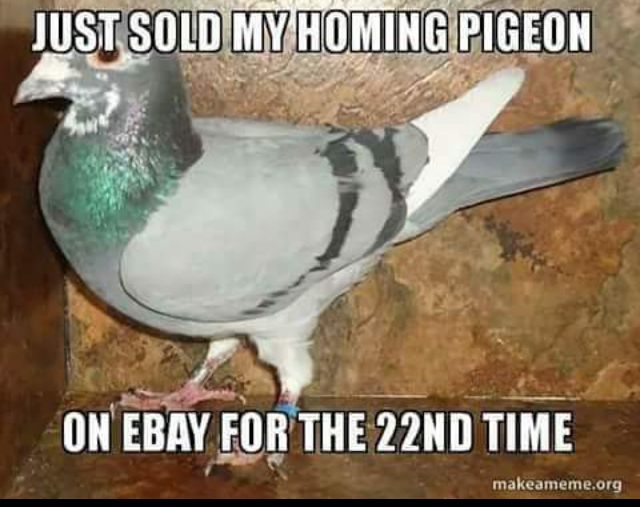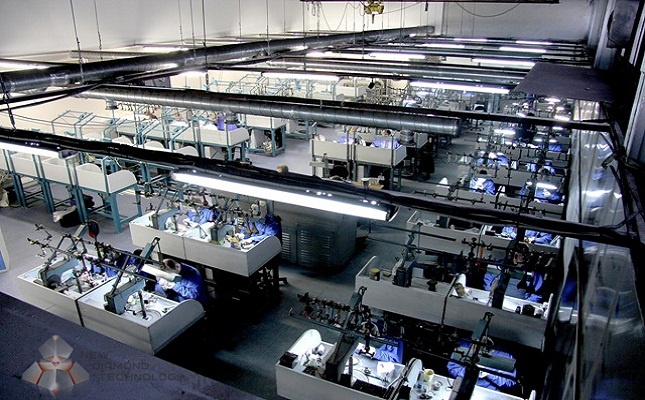(An extended version of our answer to an interview question we were asked by Beyond4Cs.com.)
Googling “when is the best time to buy a (whatever)” can save you a ton of money. Most industries have a time of year or month where they honestly discount prices for various sensible reasons.
Clothes are a great example. End of season sales often offer savings of well over 50%. Sure, the trends have changed quite a bit, but if you’re blazer or shoe shopping, next season will probably be more of the same.
Stellar car deals can be negotiated at most month ends, but November and December are notoriously quiet in the new car industry. You’re bound to find a dealer with jelly arms who you can squeeze down 15% or so. Factor in the usual January price hikes and your December purchase can be 25% less than your friend who buys the same model in January.
Unfortunately Jewellery Store Sales Are Usually B.S.

In general, I would be weary of engagement ring sales. Even if it’s not a “fake sale” (discounting “normal prices” that were never traded at) a 50% off sale is just an admission that the jeweller cannot justify their asking prices and needs to discount 50% to draw customers. This is not a vote of confidence in their products and brand. I’m sure everyone has seen how long those 50% off banners keep running…
- End of Lease Sale.
- Store Revamp Sale.
- Clearance Sale.
- Closing Down Sale.
- Relocation Sale (nice way to say “closing down” sale).
- 50% Off Everything Because We Can’t Justify Our “Normal” Pricing Sale.
- Christmas Sales. These are actually the worst. December is the best month for any jewellery store. Nothing is marked down honestly.
One recent study in the USA indicated that over 50% of businesses were on sale year-round.
They’ve been churning out laws in the USA to ensure sale items were actually marked down from a previous trading level. I’m unaware of any such laws locally.
One case had a jeweller selling kitsch charms at “50% off”. Was $500, now only $250. Upon investigation turns out the previous selling price was actually $100. Not very nice.
High-end jewellery trends don’t drastically change from one season to the next. Those red signs are to draw you in, not to sell off last season’s engagement rings.
You’ll never find us running a blanket “X% Off” sale. We don’t have to. Fair and transparent pricing has been a great source of growth.
The Diamond and Jewellery Industry Has It’s Cycles.
If we break down an engagement ring into the main diamond and the setting, the setting price is quite constant. Base metal prices (gold, platinum, palladium) fluctuate but major soft cost elements like design, goldsmithing, setting etc are fixed. We pay our factory workers attractive but fixed salaries. You can’t simply pay a diamond setter, designer or goldsmith less in a quiet month.
Regarding the diamond, the largest part of the engagement ring purchase, we conduct quite a few market studies throughout the year that can be found on our blog. Some jewellers work on 300%+ profit mark-ups. Others on 20%. If the “commodity” price doesn’t run through to the sticker price on a diamond engagement ring, it’s unfortunately irrelevant.
Some market studies (worth a read!);
- – The Price Of a 2,00ct Diamond In South Africa (2017).
- –The Price Of A 1,00ct Diamond In South Africa (2017).
If you’re buying from a sizeable jeweller that sources diamonds in bulk from diamond polishing mega-factories and then prices these diamonds according to what he paid, the best time to buy a diamond is July through to the end of August.
Huge jewellery chains place diamond orders for the massive Christmas holiday period before September. The diamond trade is always slightly jittery around this time and although most factories have ramped up diamond production by mid-year they don’t know with 100% certainty what the orders will be. Abundant supply + somewhat unknown demand = lower prices. We usually stock up during this time.
Small jewellers often source diamonds from pawn shops or local “diamond brokers”. There’s nothing wrong per se about this but you’re not paying a market correlated price.
Diamond Industry Fact; Jewellery stores sourcing diamonds through the age-old consignment model also end up paying considerably more than jewellery suppliers that bought their own stock at a stage (like August) when prices tend to be a little softer. Having someone “source” a diamond for you locally to view will come at a hefty premium.
How To Find Excellent Deals Year Round
Although the few percentage points you can save during the above-mentioned months shouldn’t be discarded, due care and patience should get you a good deal year round.
*Find a jeweller or diamond dealer that;
- Understands the market and uses it to his advantage;
To keep a wide selection of diamondslarger jewellers buy diamonds throughout the year. We monitor trends closely and whenever a certain diamond shape or size seems relatively well priced on the international market – we stock up. Two months down the line a specific category might hike in price; but we’re stocked.
This approach gives us a significant edge.
- Operates at scale.
Unfortunately, the South African diamond trade has fallen upon hard times.
Most diamond polishing factories have closed down or considerably toned down their operations.
The diamonds that are circulated locally are either second hand diamonds (nothing wrong with that), or simply more expensive than the diamonds available on the international market.
Powerhouses have emerged in India where a few diamond companies list 800 – 2 000 new diamonds on their stocklists per day. That’s massive.

*Tiny section of floor 1 of 10.
The purchasing power of these international giants when it comes to sourcing rough diamonds is unrivalled. You can imagine companies buying complete mine productions have some bargaining power. The rough diamonds are then processed (cut and polished) with excellent manufacturing technologies at scale. Lastly, diamond grading is also cheaper if you book in 2 000 diamonds per day instead of the local polishers who book in a couple of diamonds a month.
There is a catch though. Unless you buy large volumes (not 1 or 2 diamonds), I’ll be very surprised if these mega factories will even reply to an e-mail.
We’ve spent years building relationships with these factories and as we grow continually negotiate better pricing.
The optimisation and scale of our whole supply and value chain benefits you greatly.
- Thoroughly explains the value of proper diamond grading.
You’re reading this post because you want to optimise your diamond purchase.
I encourage you to consider different shapes, colours and clarities, but please never ever compromise on the integrity of the grading certificate. Fancy looking paperwork can be quite deceiving.
For you to properly compare diamond options you need to compare apples to apples. Stick to diamonds graded by the GIA, HRD, and on diamonds under 1,00ct the DIA (local laboratory will do). And if for any reason you consider diamonds graded by other laboratories ask to see them next to diamonds graded by the listed laboratories. You’ll easily see if a certificate is too lenient.
*Here is a comprehensive guide to comparing diamonds. (Link)
Standards vary greatly, and you can get a good rundown on the issue here in this post; /not-so-independent-diamond-grading-reports
Be Patient.
As the market changes you’ll see identical diamond options at different prices. We run a cost-plus model where we add our set margin to our purchase price. We don’t iron out any pricing. If I buy two 1,20ct J vs1 diamonds and one was 5% more expensive than the other we’ll sell these at different prices. Some deals are just better than others.
Joining our VIP mailing list is a great idea. You’ll receive weekly updates and recommendations on what diamonds are good buys at that stage. You’ll learn a ton, and I’m sure the perfect diamond at the right price will come around sooner than you think.
We’re Here To Help; Get In Touch.
We pride ourselves in a work ethic that is unrivalled. With our “100% credit for your initial diamond purchase when you upgrade” -plan, you know we’ll never sell a diamond we won’t buy back the very next day.
As mentioned we have access to polishing factories around the globe I’m sure very few (if any) other jewellers have access to. If you’re looking for a very specific diamond we’ll gladly get pricing. Your diamond can piggyback on our larger weekly orders. No extra imports costs for you.
If you have any questions, or need gold old advice – we’ll gladly assist.
Thank you for reading, as always, you’re more than welcome to reach out to me directly on johan@poggenpoel.com
Take care.
Johan Poggenpoel
